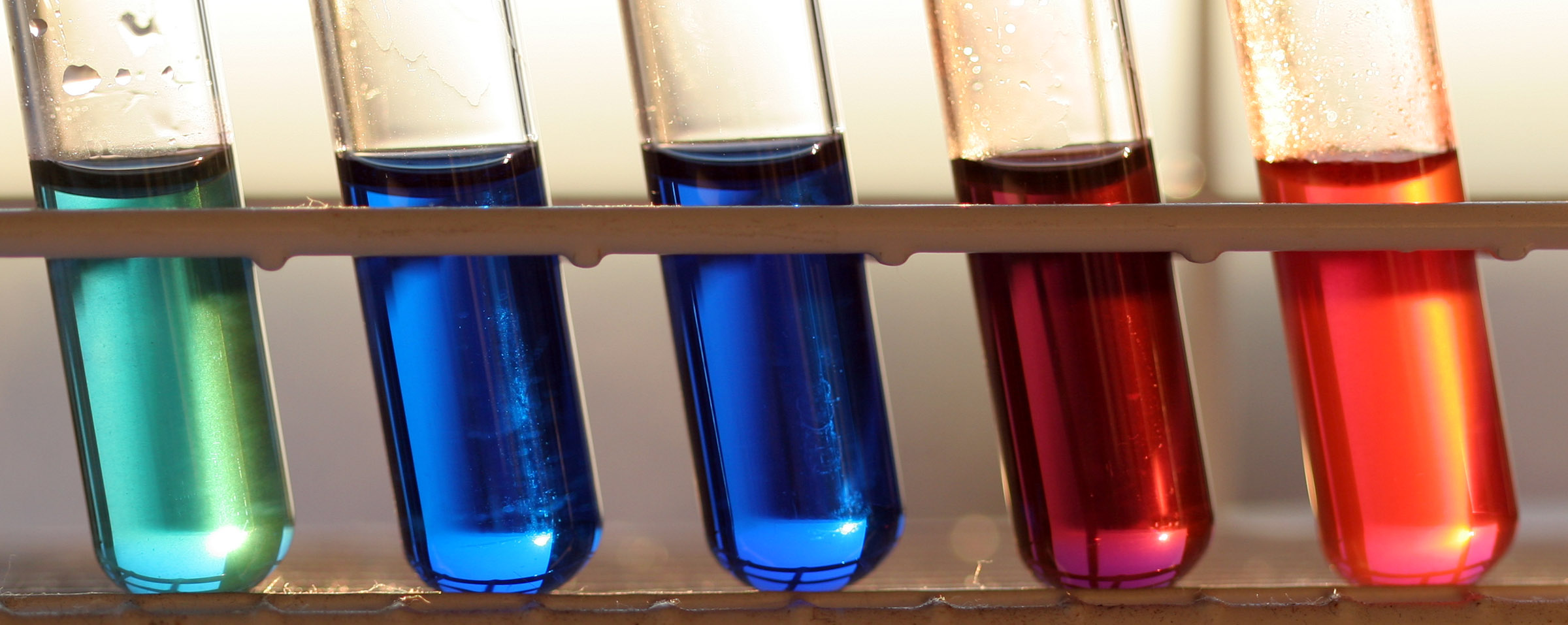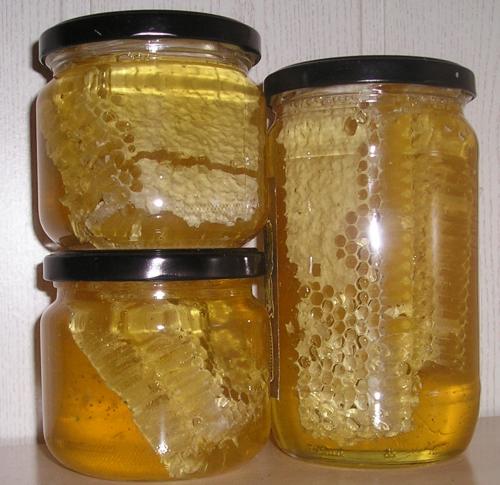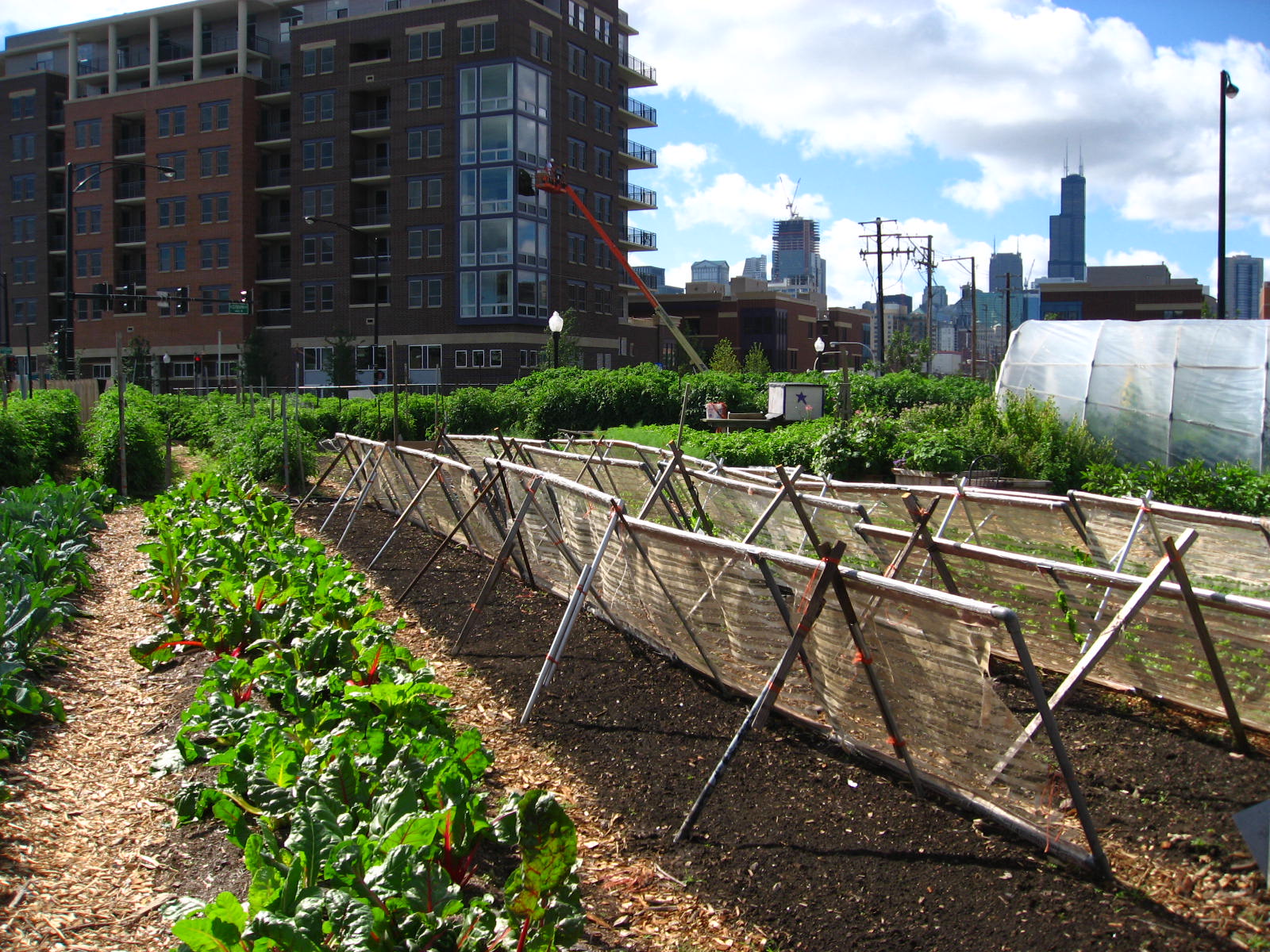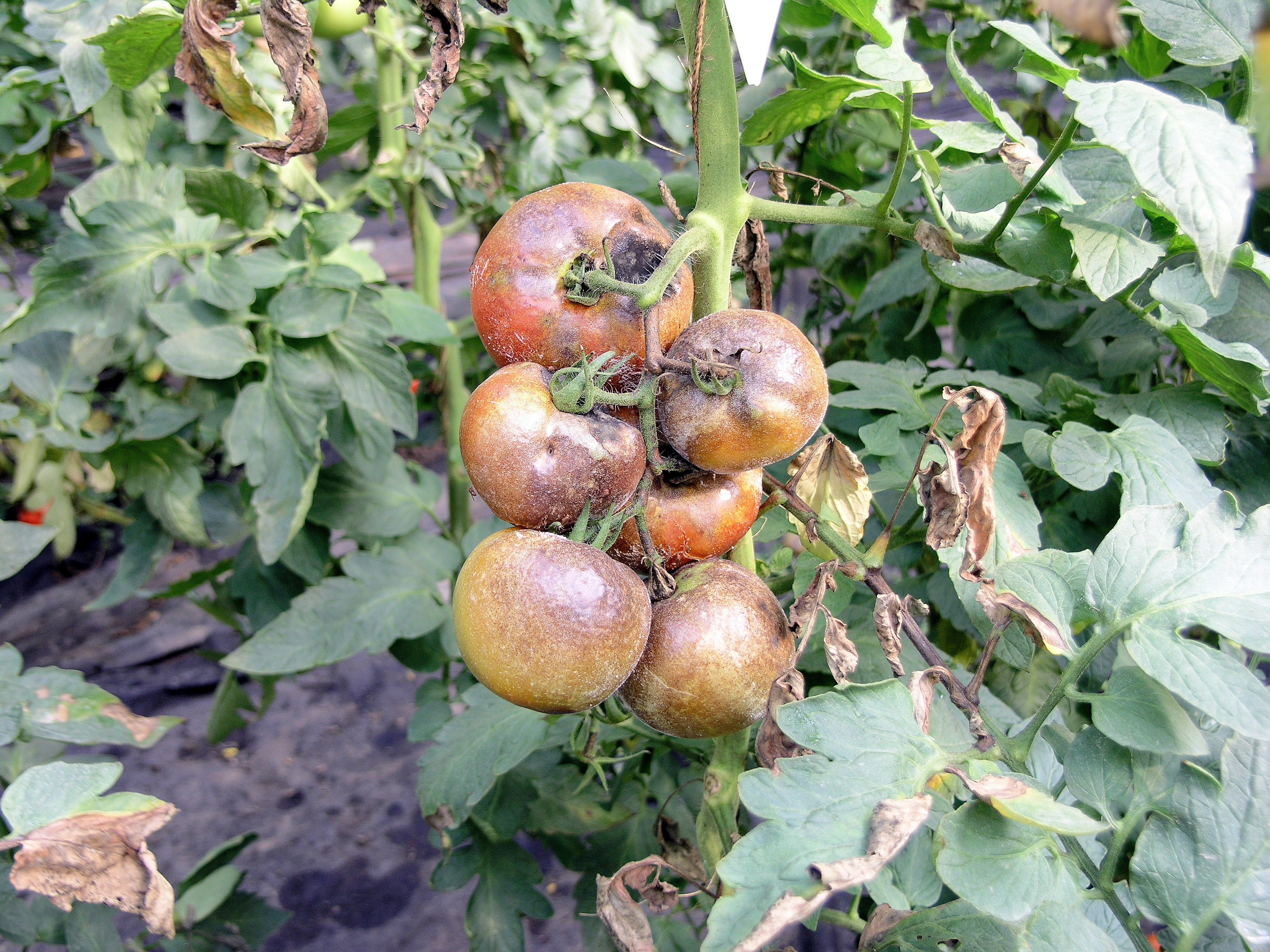 One of our local newspapers had an article today warning of encroaching populations of Giant Hogweed. The sap of this plant contains a chemical that, when illuminated by the sun or other sources of UV light, causes very serious inflammation, blistering and scarring of the skin. Any contact with this (up to 20 foot-tall!) plant is dangerous and even very slight eye exposure can result in blindness.
One of our local newspapers had an article today warning of encroaching populations of Giant Hogweed. The sap of this plant contains a chemical that, when illuminated by the sun or other sources of UV light, causes very serious inflammation, blistering and scarring of the skin. Any contact with this (up to 20 foot-tall!) plant is dangerous and even very slight eye exposure can result in blindness.Hogweeds are a member of the carrot family, the Apiaceae. This family was formerly known as the "Umbelliferae," referring to their clusters of flowers, which arise from a common point, like an upside-down umbrella. This is one of those plant families that has taken spectacular advantage of its potential arsenal of chemical weapons. The Apiaceae contains both choice, highly-aromatic and flavorful crops, and dangerous poisonous weeds. Common Apiaceous crops include carrots, parsley, parsnips, celery, dill, caraway, fennel, coriander/cilantro and cumin. One of the most famous poisonous species is hemlock, an ingredient in Socrates' last cocktail (this is different than the tree). Often, very small morphological differences distinguish edible domesticated, edible wild, and poisonous wild species in this family.
My rural jogging route has been offering me some good opportunities to brush up on my knowledge of East Coast flora. So far, the main Apiaceous flowers in my local fields seem to be the edible wild carrot (aka Queen Anne's Lace) and wild parsnip. I'll post some pictures soon.





















